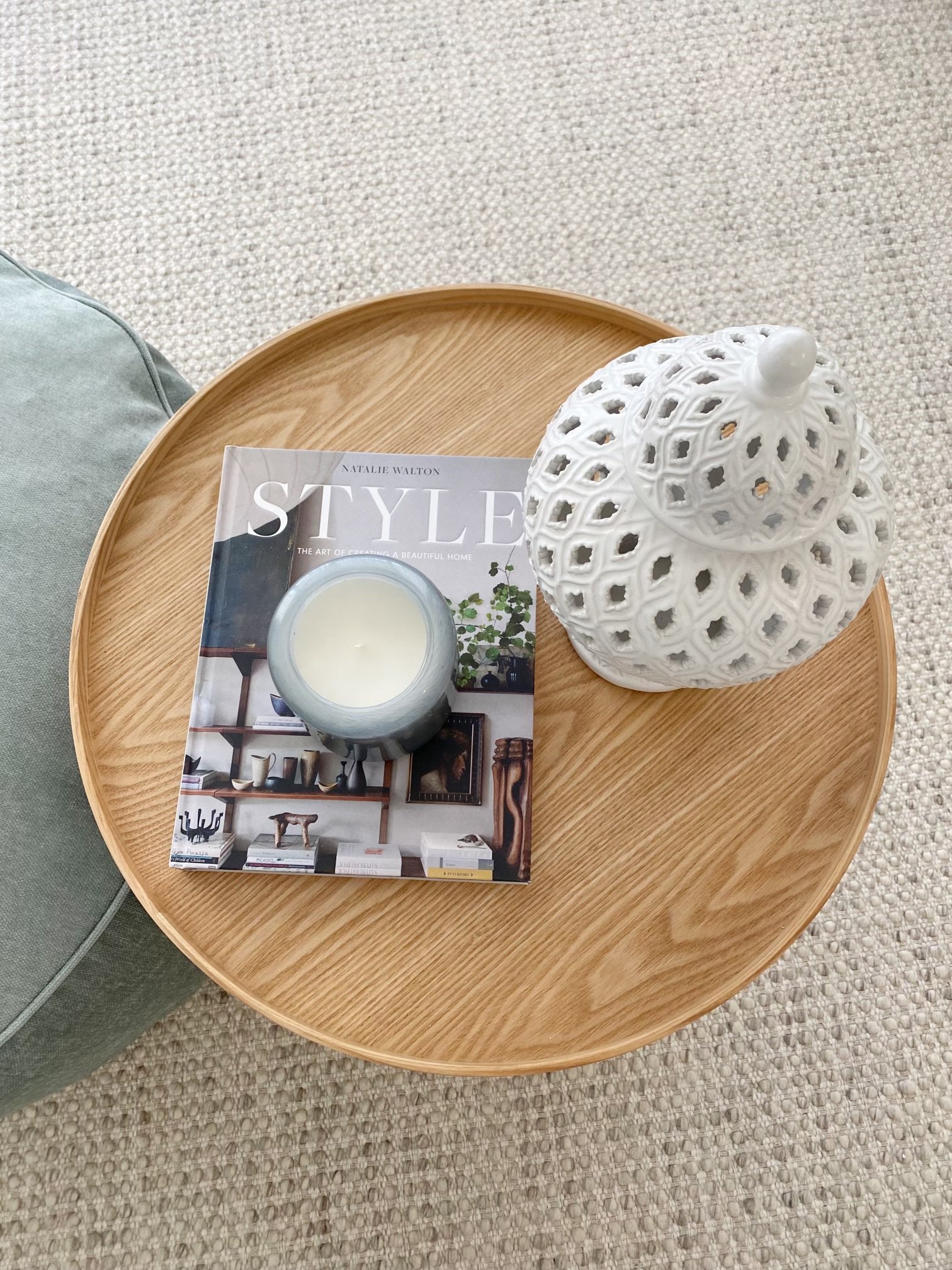Why is it so Hard to Style my Own Home?
Have you ever wondered why you can’t seem to buy the right sized furniture or rug? Or why your space feels disconnected from the rest of your home?
I want to give you a run-down of the elements of design. The elements of design are extremely important and essential for creating a cohesive and balanced space. I just want to share these with you so you can gain an understanding of all the things designers need to consider when planning your interiors spaces, sourcing your furniture and styling your home.
Space
I like to break down space into two categories, positive and negative space. The positive space contains objects and the negative space is empty to allow the eyes to rest. It’s important to incorporate both categories to create balance. This is also another reason that you need to select the right scale furniture, if you have to much negative space it will feel empty and out of balance.
Line
Used to guide the eye around the room. These are referred to as horizontal, vertical and dynamic lines. A horizontal line could be something like a sofa or coffee table, this might make a room look longer. A vertical line could be a door or window frame, a lamp or tall cabinetry this will draw your eyes upwards. A dynamic line could be a staircase, curves or a diagonal line. This gives a sense of movement and can capture our attention longer, great for a focal point like a curve staircase.
Form
Man-made and natural. Man-made would be something that has hard line and square edges like sofa or cabinetry. Natural refers to a more organic looking forms think curved and rounded ceramics and natural materials that reflect the environment. Form can also be something that is repeated throughout the space to create balance.
Light
Natural and artificial. A space can be manipulated to enhance the natural light, this could occur by strategic placing of window and doors and reflections from mirrors. Artificial lighting can set the atmosphere within the space. Both can be used to define colour, line and texture.
Colour
Can create cohesion within the space, connecting one are to another. Using colour in repetition will tie your spaces together. Colour evokes emotions which is so important in a home.
Texture
Tactile surfaces of an object create dimension and interest. Have you ever seen a cushion or tile and you just have to touch it!? Think smooth, glossy, boucle, velvet, linen, ceramic, glass etc. Using a mixture of these in vignettes will create depth and balance.
Pattern
Adding pattern to a space can create a focal point, break up plain colour palettes and create interest. It can add appeal to a room. When used in repetition pattern can create a beautiful connection between spaces. Think wallpaper, rugs, soft furnishings, however incorporating to much pattern into a space can create confusion and overwhelm so it must be done in a balanced way to suit your style and home interior features.
As you can see there is a lot more involved that just going to a store and choosing a sofa or some styling pieces. It’s the knowing HOW to choose the right pieces and bring the whole design together is what makes Interior Designers so special.
I hope this gives you a better understanding of some of the consideration’s designers follow when creating your dream home. I believe that not only do you need an understanding of all of the above and a lot more! You do need to have a fine eye for detail and a natural ability to bring all of this together cohesively to get that end result.


